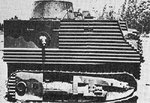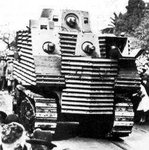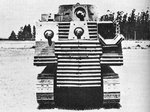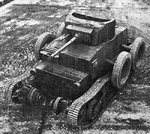FLYBOYJ
"THE GREAT GAZOO"
Those hit and run tactics were starting to decimate Zeros while the lowly 5th AF was still flying P-39s and P-40s. When the P-38 came on the scene in Dec. 1942 most Zeros just became cannon fodder for them...Wake up man ! In 1941 the A6M Zero swepped all opposition and forced the US fighters to rely on dangerous hit and run tactics.







